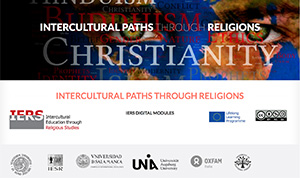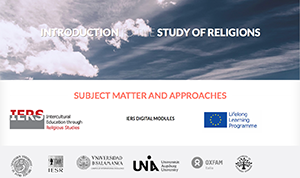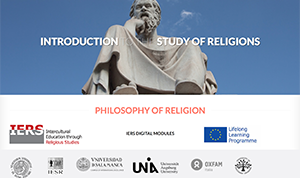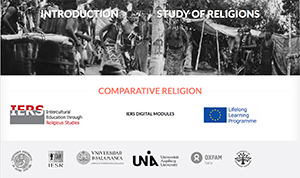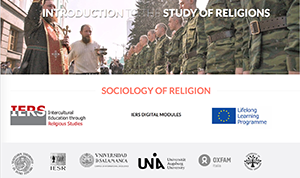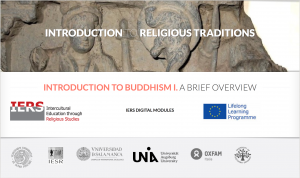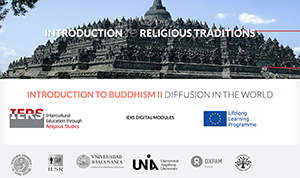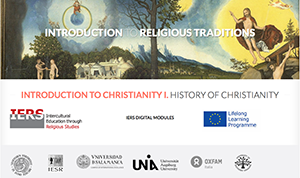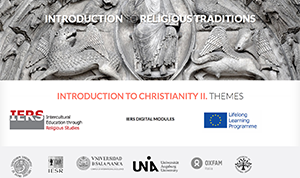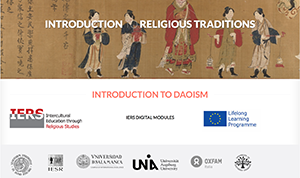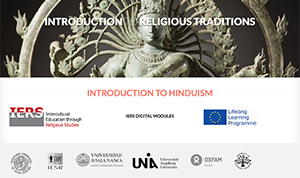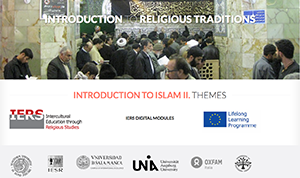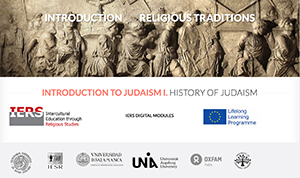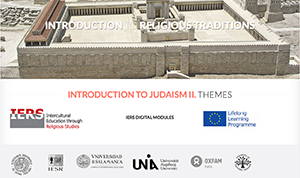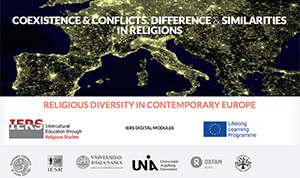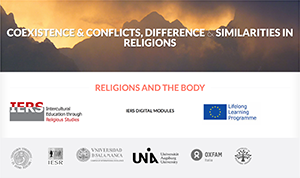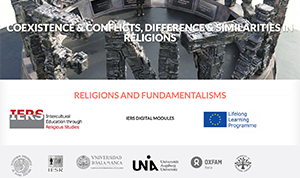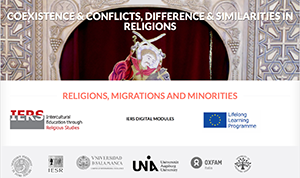What is IERS project?
The IERS Project aims at responding to the educational challenges of an increasingly multicultural and multireligious Europe. Nowadays, European countries have different models of religious education (RE) in public schools, and often the teaching about religions through scientific, critical, historical and intercultural lens is still at an experimental level. The project rationale is based on the conviction that an a-confessional, objective, high-quality teaching about religion supports the development of social, civic and intercultural competences, educating towards a constructive and critical understanding of cultural and religious differences.
In order to reach such achievements. the main objective of the IERS Project is to create innovative teaching tools, combining ICT approach with up-to-date academic findings of the study of religions. The results will be a series of didactical applications, called Digital Modules, that will enable the teachers to explore in their classes the various religious traditions that have been, and still are, part of the history and culture of the world and of Europe.
Digital Modules
The IERS Project’s Digital Modules are educational tools meant to offer:
- An introduction to the study of religions, its methodologies and disciplines.
- An articulated overview of different religious traditions. Traditions that concur in building the cultural heritage of Europe ( Catholicism, Protestantism, Orthodox, Judaism, Islam) but also tradition belonging to the East and Far East (Buddhism, Hinduism, Daoism).
- A focus on premodern, modern and contemporary issues linked to religions, touching social, ethical and human rights themes.
The main targets of the Digital Modules are upper-intermediate school teachers of Humanities and Social Sciences ( History, Philosophy, Sociology, Arts, Literature and, of course, Religion).
A Digital Module is a ICT Application to be used in class by teachers in order to hold one or more classes on a certain topic.
Every Digital Module is made up of 3 to 12 sections, each with a specific sub-topic. Each section has two visualization. One for the student and one for the teacher.
Student’s visualization features:
- Different resources (texts, images, audio, videos) each with a brief presentation.
- Suggestions for the work in class ( brainstorming questions, questions to guide the teacher’s exposition of that section’s sub-topic, source-related activities and so on).
Teacher’s visualization, on the other hand, provides all the information pertaining to that section’s sub topic and to the analysis of the featured resources.
Moreover, teacher’s visualization features also a brief introduction to the Digital Module as a whole, a summary of contents and suggestion of didactical objectives.
Intercultural Paths through Religions
Introduction to the study of religions
Introduction to religious traditions
Coexistence & conflicts, difference & similarities in religions
Teacher Support Handbook
The IERS Project Teacher Support Handbook accompanies the Digital Modules and provides several relevant information that could support their use.
The first two sections map the modality in which Religious Education is played out in the countries of the IERS Consortium and highlight the relative recommendations from European and International levels.
The third section offers a detailed presentation of the Digital Modules: their target-users, their technical structure and their contents.
The fourth section presents of the highlights of the data collected during the Digital Modules Pilot activities.
Lastly, the fifth section is made up of some examples of lesson plans produced by some of the piloting teachers who wanted to share their good practices in using the Digital Modules. These lesson plans are here provided as suggestions of use.

